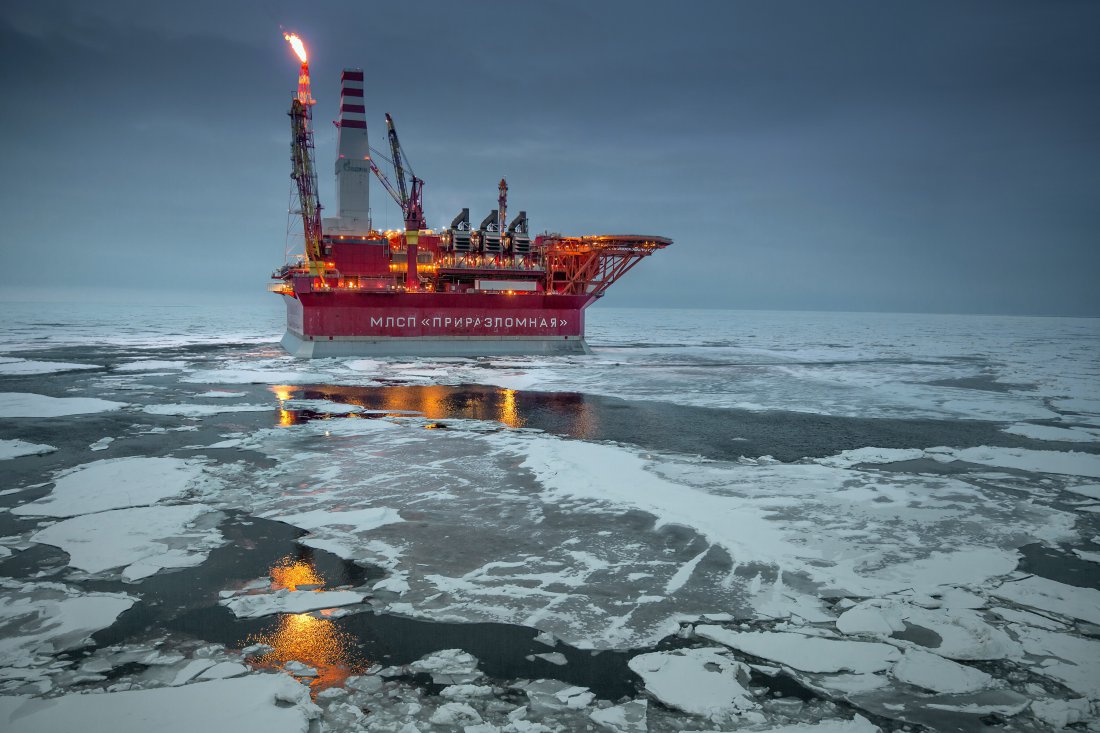The White House announcement on Tuesday (alongside parallel Canadian actions) of a permanent ban on oil and gas drilling in 115 million acres of Arctic waters will be among President Obama’s most noteworthy moves to protect the planet from climate change. It will likely be challenged by President-elect Trump, who has promised to lift federal bans on drilling
In the long run, today’s battle for the Arctic is likely to look like a final act in yesterday’s war. The new landscape of energy: falling costs of solar and battery storage, mass market electric vehicles, the rise of smart buildings and cheap hydrogen.
Those five factors could push oil down to $10 a barrel (from $53 today) by 2025, Thierry Lepercq, innovation chief of Engie SA, now the world’s largest non-state power producer, told Bloomberg yesterday. Many of today’s proven reserves of fossil fuels would be uneconomic at that price. Engie, once a the French gas monopoly, is investing in renewables and selling coal plants and other fossil fuel assets to protect itself from commodity swings.
Arctic oil exploration has already moved on to Russia’s vast holdings, which will become more accessible if the Trump administration lifts sanctions on Russia, as is widely expected. ExxonMobil, which could have a friend leading that charge if CEO Rex Tillerson is confirmed as secretary of state, is looking to tap the 63.6 million acres it owns in Russian arctic waters, a significant part of future production potential.
Other investors are leeing new fossil fuel projects. The risks include not only the price of oil, but accelerating climate action and shifting public opinion. Case in point: the setbacks for the Dakota Access Pipeline after activists staged a long protest. Nordea, one of the largest banks in Europe, has banned its fund managers from further investments in the three companies behind Dakota Access pipeline until the project is rerouted away from the Standing Rock Sioux Reservation. Norway’s DNB and Odin Fund Management have already divested more than $26 million on holdings in the companies behind the pipeline.
As the fight over Arctic drilling unfolds, the real question isn’t whether Exxon finds a way to drill. It’s, What will an “energy asset” look like in 2030 when oil may be worthless and the new low-carbon energy infrastructure is in place? With cheap solar and storage and widespread electrification, Lepercq says, “The promise of quasi-infinite and free energy is here.”
[seperator style=”style1″]Disclosure[/seperator]
Photo credit: Sergey Anisimov—Anadolu Agency/Getty Images.











